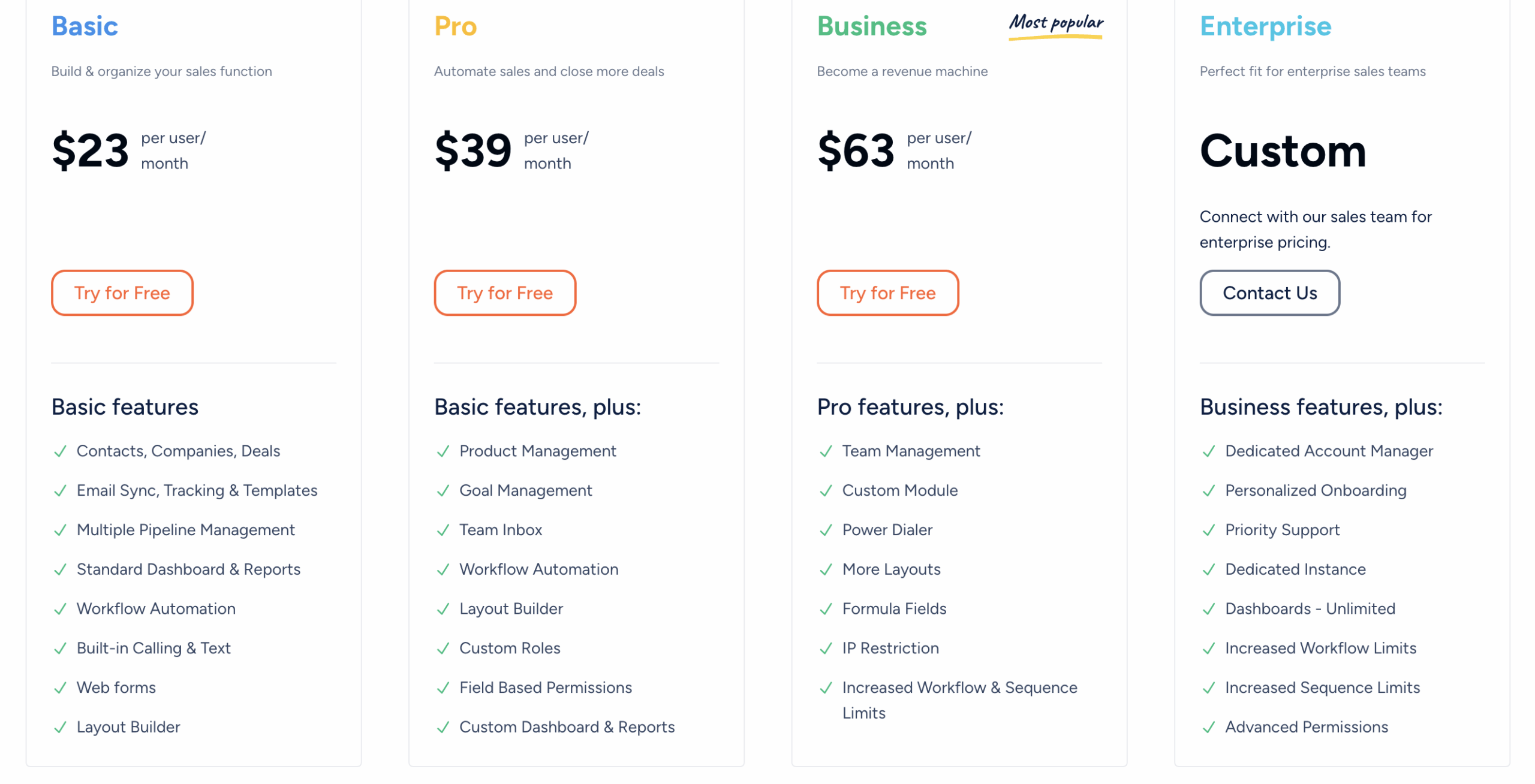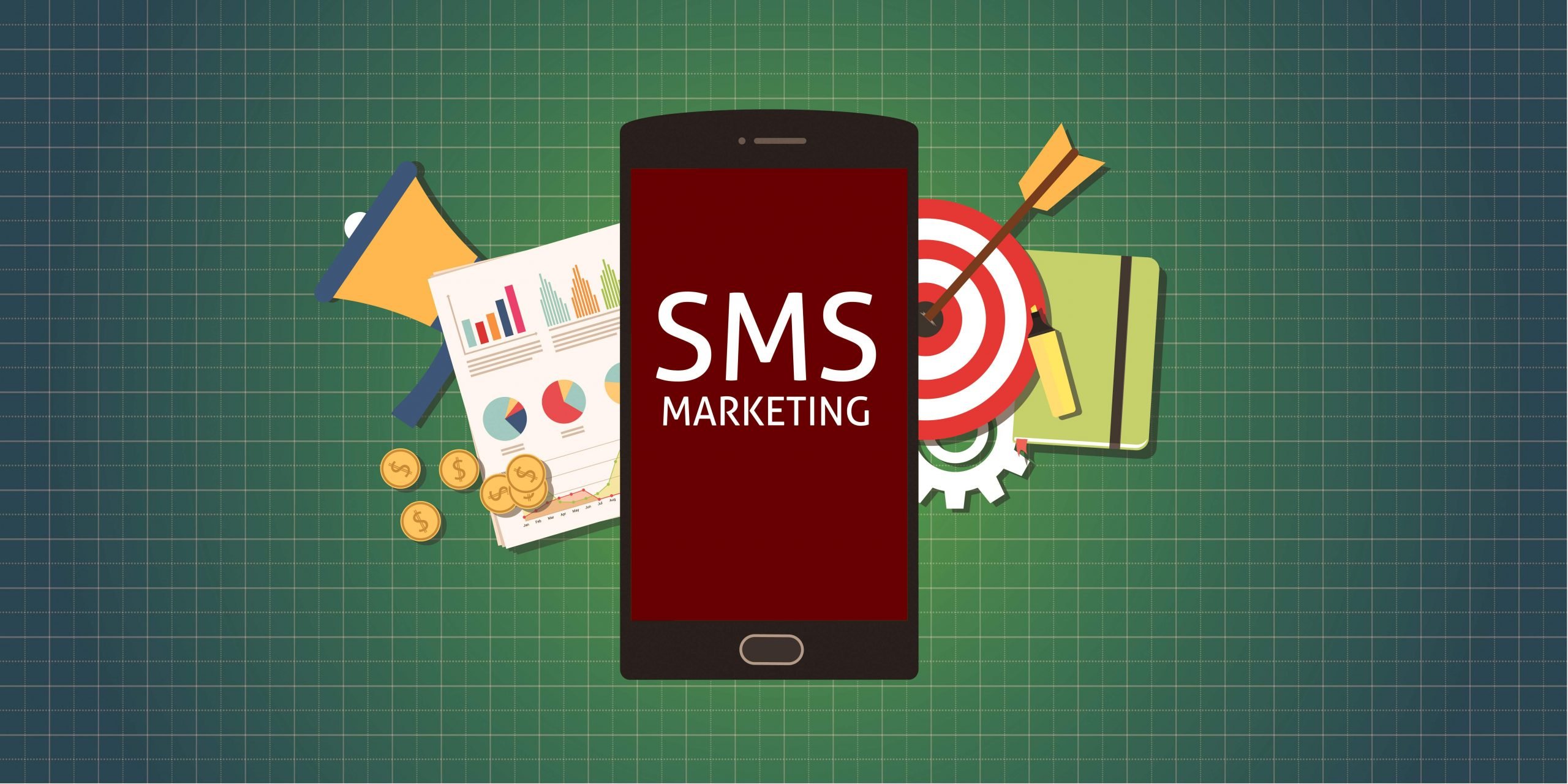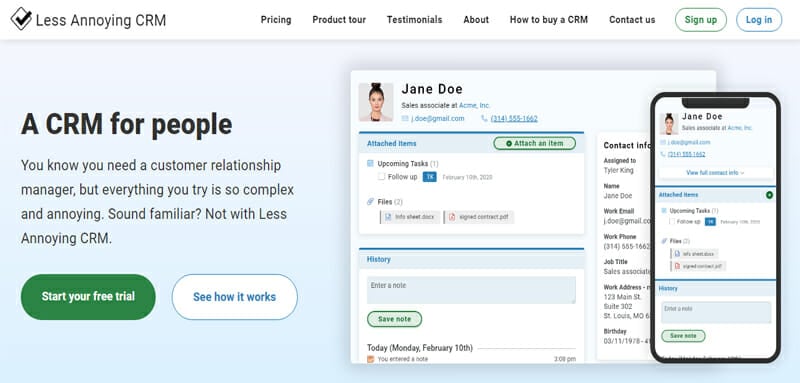
Supercharge Your Sales: Mastering CRM Integration with Email Marketing
In today’s competitive business landscape, staying ahead requires more than just a great product or service. It demands a deep understanding of your customers and the ability to engage them effectively. This is where the powerful synergy of Customer Relationship Management (CRM) integration with email marketing comes into play. This combination is not just a trend; it’s a fundamental shift in how businesses operate, allowing for hyper-personalization, streamlined workflows, and ultimately, increased revenue. This article delves deep into the world of CRM integration with email marketing, providing a comprehensive guide to understanding its benefits, implementing best practices, and avoiding common pitfalls.
Understanding the Core Concepts
Before we dive into the specifics, let’s establish a solid foundation. CRM and email marketing, while distinct entities, share a common goal: to build and nurture customer relationships. CRM systems are designed to manage and analyze customer interactions throughout the customer lifecycle, from initial contact to post-sale support. Email marketing, on the other hand, focuses on delivering targeted messages to prospects and customers to drive engagement, generate leads, and boost sales.
What is CRM?
CRM is essentially a centralized database for all customer-related information. This includes contact details, communication history, purchase history, and any other relevant data. A robust CRM system enables businesses to:
- Centralize Customer Data: Have a single source of truth for all customer information.
- Improve Customer Relationships: Understand customer needs and preferences to personalize interactions.
- Streamline Sales Processes: Automate tasks and manage the sales pipeline efficiently.
- Enhance Customer Service: Provide faster and more personalized support.
- Analyze Data and Gain Insights: Track key metrics and identify areas for improvement.
What is Email Marketing?
Email marketing involves using email to promote products or services, build relationships, and drive conversions. It’s a cost-effective way to reach a large audience and deliver targeted messages based on customer behavior and preferences. Key aspects of email marketing include:
- Building an Email List: Collecting email addresses through various methods, such as signup forms.
- Segmenting Your Audience: Grouping subscribers based on demographics, interests, and behavior.
- Creating Engaging Content: Crafting compelling email campaigns that resonate with your audience.
- Automating Email Sequences: Setting up automated emails based on triggers, such as welcome emails or abandoned cart reminders.
- Tracking Performance: Analyzing key metrics like open rates, click-through rates, and conversion rates.
The Power of Integration: Why CRM and Email Marketing Belong Together
The true magic happens when you seamlessly integrate your CRM system with your email marketing platform. This integration unlocks a wealth of benefits that can transform your sales and marketing efforts.
Enhanced Customer Segmentation and Personalization
One of the most significant advantages of CRM integration is the ability to segment your email list based on the rich data stored in your CRM. Instead of sending generic emails to everyone, you can tailor your messages to specific customer groups. For example:
- By Demographics: Target customers based on age, location, or job title.
- By Purchase History: Recommend products based on past purchases or send exclusive offers to loyal customers.
- By Engagement Level: Re-engage inactive subscribers or reward your most engaged customers.
- By Lead Score: Nurture leads with targeted content based on their lead score and stage in the sales funnel.
Personalization goes beyond just using a customer’s name in the email. It involves tailoring the entire email experience to match their individual needs and preferences. This leads to higher open rates, click-through rates, and conversions.
Improved Lead Generation and Nurturing
CRM integration streamlines the lead generation process. When a lead submits a form on your website, their information is automatically added to your CRM and can be immediately segmented for targeted email campaigns. This allows you to:
- Nurture Leads: Send automated email sequences to guide leads through the sales funnel.
- Qualify Leads: Score leads based on their interactions with your emails and website.
- Assign Leads to Sales Reps: Automatically assign qualified leads to the appropriate sales representatives.
This automated process saves time, improves efficiency, and ensures that no lead falls through the cracks.
Streamlined Sales and Marketing Workflows
Integration eliminates manual data entry and reduces the risk of errors. When a customer makes a purchase, the information is automatically updated in both your CRM and email marketing platform. This ensures that your sales and marketing teams have access to the most up-to-date information. This leads to:
- Reduced Manual Data Entry: Automate the transfer of data between systems.
- Improved Data Accuracy: Minimize the risk of human error.
- Increased Efficiency: Free up your team to focus on more strategic tasks.
- Better Collaboration: Enable seamless communication between sales and marketing teams.
Enhanced Reporting and Analytics
CRM integration provides a holistic view of your marketing performance. By tracking key metrics across both your CRM and email marketing platform, you can gain valuable insights into what’s working and what’s not. This includes:
- Tracking ROI: Measure the return on investment of your email marketing campaigns.
- Identifying Conversion Rates: Analyze the effectiveness of your campaigns in driving conversions.
- Understanding Customer Behavior: Gain a deeper understanding of how customers interact with your emails and website.
- Optimizing Campaigns: Make data-driven decisions to improve your campaigns and achieve better results.
Implementing CRM Integration with Email Marketing: A Step-by-Step Guide
Successfully integrating your CRM with your email marketing platform requires careful planning and execution. Here’s a step-by-step guide to help you get started:
1. Choose the Right Tools
The first step is to select the right CRM and email marketing platforms for your business. Consider your specific needs, budget, and technical expertise. Some popular options include:
- CRMs: Salesforce, HubSpot, Zoho CRM, Microsoft Dynamics 365, Pipedrive.
- Email Marketing Platforms: Mailchimp, Constant Contact, ActiveCampaign, ConvertKit, GetResponse.
Look for platforms that offer native integrations or integrations through third-party tools like Zapier or Integromat.
2. Define Your Goals and Objectives
Before you begin the integration process, it’s crucial to define your goals and objectives. What do you hope to achieve through CRM integration with email marketing? This could include:
- Increasing lead generation
- Improving conversion rates
- Boosting customer engagement
- Streamlining sales processes
- Enhancing customer retention
Having clear goals will help you measure the success of your integration efforts.
3. Map Your Data Fields
Identify the data fields you want to sync between your CRM and email marketing platform. This includes contact information, purchase history, lead source, and any other relevant data. Ensure that the data fields are mapped correctly to avoid any data mismatches.
4. Choose an Integration Method
There are several ways to integrate your CRM with your email marketing platform:
- Native Integrations: Some platforms offer built-in integrations that are easy to set up and use.
- Third-Party Integrations: Tools like Zapier and Integromat allow you to connect different platforms even if they don’t have native integrations.
- Custom Integrations: For more complex integrations, you may need to hire a developer to create a custom solution.
Choose the method that best suits your technical expertise and budget.
5. Test Your Integration
Before launching your integrated system, thoroughly test the integration to ensure that data is syncing correctly. Send test emails, create test leads, and verify that the information is being updated in both platforms.
6. Train Your Team
Provide training to your sales and marketing teams on how to use the integrated system. Explain the benefits of the integration and how it will improve their workflows. Ensure that everyone understands how to access and use the data in both platforms.
7. Monitor and Optimize
Continuously monitor the performance of your integrated system. Track key metrics, identify any issues, and make adjustments as needed. Regularly review your data mapping, segmentation, and email campaigns to ensure that they are aligned with your goals.
Best Practices for Successful CRM and Email Marketing Integration
To maximize the benefits of CRM integration with email marketing, follow these best practices:
1. Clean and Maintain Your Data
Ensure that your CRM data is clean, accurate, and up-to-date. Regularly review and update your data to remove duplicates, correct errors, and ensure that all contact information is current. This will improve the effectiveness of your email campaigns and prevent deliverability issues.
2. Segment Your Audience Effectively
Leverage the data in your CRM to segment your audience into targeted groups. The more specific your segments, the more relevant your email campaigns will be. Consider segmenting based on demographics, purchase history, engagement level, lead score, and any other relevant criteria.
3. Personalize Your Emails
Go beyond just using a customer’s name in the email. Personalize your emails by including information about their past purchases, interests, or interactions with your website. This will make your emails more engaging and increase the likelihood of conversions.
4. Automate Your Email Sequences
Set up automated email sequences to nurture leads, onboard new customers, and re-engage inactive subscribers. Automate tasks like welcome emails, abandoned cart reminders, and follow-up emails to save time and improve efficiency.
5. Track Your Results and Analyze Your Data
Regularly track the performance of your email campaigns and analyze the data to identify what’s working and what’s not. Use the insights to optimize your campaigns, improve your targeting, and increase your conversions.
6. Comply with Data Privacy Regulations
Ensure that your CRM and email marketing practices comply with all relevant data privacy regulations, such as GDPR and CCPA. Obtain consent from your subscribers before sending them marketing emails and provide them with an easy way to unsubscribe.
7. Align Sales and Marketing
Foster strong collaboration between your sales and marketing teams. Share data, insights, and strategies to ensure that everyone is working towards the same goals. Regular communication and alignment will improve the effectiveness of your integrated system.
Common Pitfalls to Avoid
While CRM integration with email marketing offers numerous benefits, there are also some common pitfalls to avoid:
1. Poor Data Quality
Poor data quality can undermine the effectiveness of your integration efforts. Ensure that your CRM data is clean, accurate, and up-to-date to avoid deliverability issues and data mismatches.
2. Lack of Segmentation
Sending generic emails to everyone will not yield the desired results. Segment your audience based on relevant criteria to deliver targeted messages that resonate with your subscribers.
3. Ignoring Data Privacy Regulations
Failing to comply with data privacy regulations can lead to legal issues and damage your reputation. Ensure that your practices comply with GDPR, CCPA, and other relevant regulations.
4. Not Tracking Results
Without tracking your results, you won’t know what’s working and what’s not. Regularly monitor your key metrics and analyze the data to optimize your campaigns and improve your conversions.
5. Lack of Training
If your team is not properly trained on how to use the integrated system, they won’t be able to take full advantage of its benefits. Provide training to your sales and marketing teams on how to use the system and how it will improve their workflows.
6. Over-reliance on Automation
While automation is a powerful tool, don’t over-rely on it. Ensure that your emails are personalized and relevant to your subscribers. Avoid sending generic, automated emails that lack a personal touch.
The Future of CRM Integration with Email Marketing
The integration of CRM and email marketing is constantly evolving. As technology advances, we can expect to see even more sophisticated integration capabilities in the future. Some potential trends include:
- Artificial Intelligence (AI): AI-powered tools will enable businesses to automate more tasks, personalize emails even further, and gain deeper insights into customer behavior.
- Hyper-Personalization: Businesses will be able to tailor their messaging to individual customer preferences and needs, leading to even higher engagement and conversion rates.
- Cross-Channel Marketing: CRM integration will extend beyond email marketing to include other channels, such as SMS, social media, and live chat, creating a seamless customer experience.
- Predictive Analytics: Businesses will use predictive analytics to anticipate customer needs and proactively offer relevant products and services.
Conclusion: Embracing the Synergy for Success
CRM integration with email marketing is no longer a luxury; it’s a necessity for businesses that want to thrive in today’s competitive landscape. By leveraging the power of these two technologies, you can build stronger customer relationships, streamline your workflows, and drive significant revenue growth. By implementing the best practices outlined in this article and avoiding the common pitfalls, you can unlock the full potential of CRM integration and transform your sales and marketing efforts. Embrace the synergy, and watch your business flourish.


